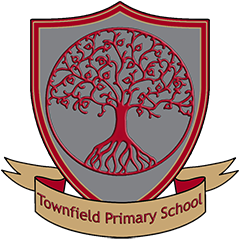1B- Geography
Lesson: Geography
Topic - What is the weather?
Children explored what a key on a map does – it explains to us what the signs and symbols on the map mean.
They looked at a map that shows hot and cold countries and a map showing the countries of the world. They ecplored what tghe weather was like in different countries around the world. They found out most countries of the world will fall into one or more categories of the weather key on the map. However, most countries of the world will fall into one or more categories of the weather key on the map. Example, Brazil (hot and wet); Australia (hot, hot and wet; warm and warm and wet) and China (warm, warm and wet, cold and hot).
The children then looked at a globe together with the map and had to dicuss where most of the cool and cold places occur compared with warm and hot places? Generally speaking the greater the distance from the Equator (an imaginary line drawn around the Earth exactly halfway between the north and south poles) then the colder it becomes with places closer to the Equator being much warmer.
They found out in the summer we receive much more sunshine than in the winter so we therefore feel much warmer. As a result, we are more inclined, for example, to visit the beach in the summer than we are in winter! So it is the same with the Equator and north and south poles. Very simply, places around the Equator receive more sunshine during the year than places close to the north and south poles. More sunshine or solar energy means warmer weather and less sunshine/solar energy means cooler weather.
This was illustrated very effectively by holding up a globe and encouraging a pupil to shine a torch (representing the Sun) at it. Because the world is round, the middle band of the Earth around the Equator is closer to the Sun. Also, the Sun’s rays are falling on a much smaller area at the Equator than at the poles and therefore they are more intense.
The children had to work in partners to look at the maps and the key to write down what the weather was like in the countries China, Brazil, Canada, Russia and Australia.
 Townfield Primary School
Townfield Primary School